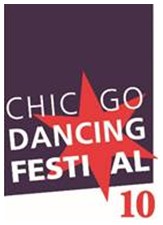
 ***** Highly Recommended The Chicago Dancing Festival, an entirely free celebration of dance, is one festival every dance aficionado ought to attend. Although this was only my second year at the Festival, it’s become one of my absolute favorite events. It looked like every seat in the Auditorium Theatre was taken, and the excitement was palpable. From start to finish, “Opening Night Celebration”, featuring the Pennsylvania Ballet, Martha Graham Dance Company, Stars of American Ballet and Chicago’s own Joffrey Ballet, was fabulous! I give it 4 BIG Spotlights.
***** Highly Recommended The Chicago Dancing Festival, an entirely free celebration of dance, is one festival every dance aficionado ought to attend. Although this was only my second year at the Festival, it’s become one of my absolute favorite events. It looked like every seat in the Auditorium Theatre was taken, and the excitement was palpable. From start to finish, “Opening Night Celebration”, featuring the Pennsylvania Ballet, Martha Graham Dance Company, Stars of American Ballet and Chicago’s own Joffrey Ballet, was fabulous! I give it 4 BIG Spotlights.
The Pennsylvania Ballet led off the evening with Concerto Barocco, performed to Concerto in D minor for Two Violins by Johann Sebastian Bach, choreographed by George Balanchine. Unlike many ballets, Concerto Barocco doesn’t tell a story, instead the dancers’ movements reflect the speed and movement of the music.
Eight dancers, Ana Calderon, Jacqueline Callahan, Emily Davis, Adrianna de Svastich, Marjorie Feiring, Siobhan Howley, Alexandra Hughes, Nayara Lopes, are first on stage. Wearing white leotards with flippy skirts, they divide into groups of four, creating a design motif in which they intersect and/or mirror each other’s movements. When two ballerinas, Lillian Di Piazza and Marria Cosentino, representing the two violins in the title, enter, their graceful movements add to the design motif, as they alternate, intersect and/or mirror each other. In the adagio, James Ihde partners the two ballerinas. At one point, the 11 dancers formed a constantly moving and changing human chain.
Appalachian Spring, choreographed by Martha Graham to original music by Aaron Copland, was first presented in 1944. To see the Martha Graham Dance Company perform Appalachian Spring has been on my bucket list since I took a modern dance class in college. Although the dancers’ interpretive movements are just as graceful as ballet, they are not as limited. In Graham’s story dance celebrating spring in the wilderness, three stories are intertwined. The Bride (Charlotte Landreau) and the Husbandman (Lloyd Mayor) are joyfully building a home together. The Pioneering Woman (Konstantina Xintara) dreams of the Promised Land, while the Preacher (Lorenzo Pagano) preaches to his Followers, Laurel Dalley Smith, Anne O’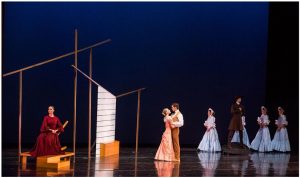 Donnell, Anne Souder and Xin Ying, who react with shouts of joy. I was in awe!
Donnell, Anne Souder and Xin Ying, who react with shouts of joy. I was in awe!
Six of the Stars of American Ballet performed selections from “Who Cares?” choreographed by George Balanchine to the glorious music of George Gershwin. Once again, Balanchine skipped the story in favor of dance movements which reflect the movement of the music. Three ballerinas, Brittany Pollack, Sterling Hyltin and Teresa Reichlen, each dance a solo and a pas de deux with three male dancers, Amar Ramasar, Ask la Cour and Daniel Ulbrecht. Hyltin and Ramasar danced a romantic pas de deux to “Man I Love”, followed by Reichlen’s solo to “Stairway to Paradise”. Another romantic pas de deux by Pollock and Ulbricht to “Embraceable You” was followed by Hyltin’s flirty solo to “Fascinating Rhythm”. Reichlen and la Cour danced another pas de deux to title song, “Who Cares?” followed by Pollack’s solo to “My One and Only”. Ulbricht had his own solo to “Liza”. The entire cast took the stage for the finale, “I’ve Got Rhythm”.
Although I thought the performance was wonderful, there were those in the audience who were more interested in the politics involved in the appearance of ABT. After the performance, I heard a gentleman giving his opinion, that their very presence was a slap in the face of Chicago dance, to another reviewer.
Two years ago, the Joffrey Ballet premiered Episode 31, a new piece by a young Swedish choreographer, Alexander Ekman, which caused a sensation. When they announced it was back by popular demand, the audience erupted in applause. Episode 31 is completely different than anything I’ve ever seen. It’s amazing, creative, fascinating and exciting! It begins with a short video of the Joffrey dancers, some talking, some in the studio rehearsing and then all of them out and about, doing bits of the piece in the subway, on the sidewalk, in the park, all over the city.
After the screen goes up, a man silhouetted in a single spot walks in slow motion across the front of the stage, the curtain goes up on a scene of controlled chaos, then quickly drops. As he makes his way across the stage, the sequence – curtain up, controlled chaos in a different spot on stage, curtain down – repeats again and again. Then more controlled chaos, but without the curtain – 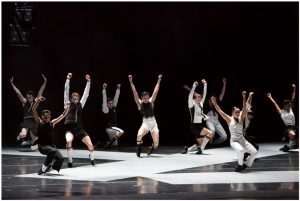 the company moves large mats to different spots on the floor followed by bursts of movement. In the final movement, two dancers interpret words in dance as the tightly clustered company members watch. Awesome!
the company moves large mats to different spots on the floor followed by bursts of movement. In the final movement, two dancers interpret words in dance as the tightly clustered company members watch. Awesome!
A little background: the Chicago Dancing Festival, which was started by Chicago-born choreographer Lar Lubovitch in 2007, is now the largest dance festival in the nation. In addition to the “Opening Celebration” at the Auditorium, the 2016 program includes “Modern Men” at the Museum of Contemporary Art, August 24th, “Dancing at the Harris”, Harris Theatre at Millennium Park, August 26th , “Planet Chicago” at Navy Pier, August 26th and the conclusion, “Dancing under the Stars”, August 27th at Jay Pritzger Pavilion Millennium Park.
Chicago is well represented by well-known companies like the Joffrey Ballet and Hubbard Street Dance Chicago and Chicago Dancers United, Dance for Life 25th Anniversary, “Depth of Light” with dancers from Chicago Repertory Ballet, Danceworks Chicago, Giordano Dance Chicago, Joffrey ballet, Visceral Dance Chicago, Winifred Haun & Dancers and independent dance studios. Finally, “Planet Chicago” at Navy Pier presents Forward Momentum Chicago, Muntu Dance Theatre of Chicago, Chicago Human Rhythm Project, Natya Dance Theatre, Forward Momentum Chicago.
Tickets for the 2017 Festival will be available sometime in July. For more information, go to www.chicagodancingfestival.com.


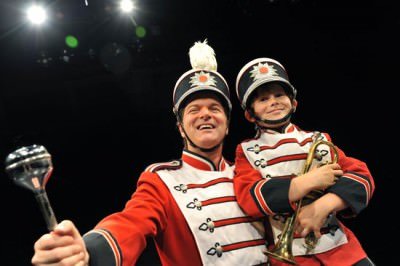

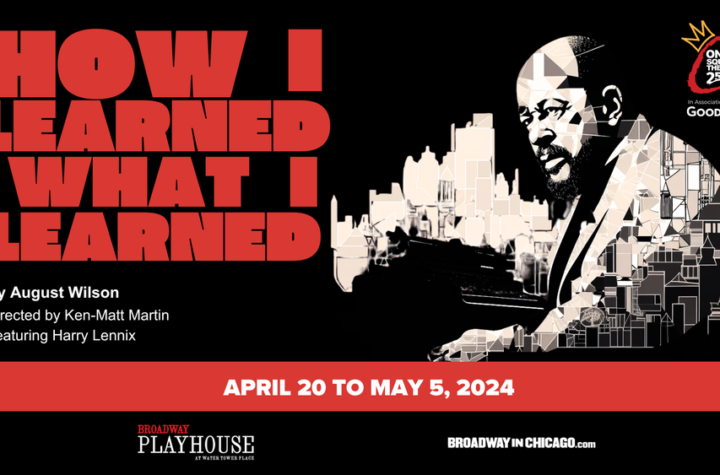
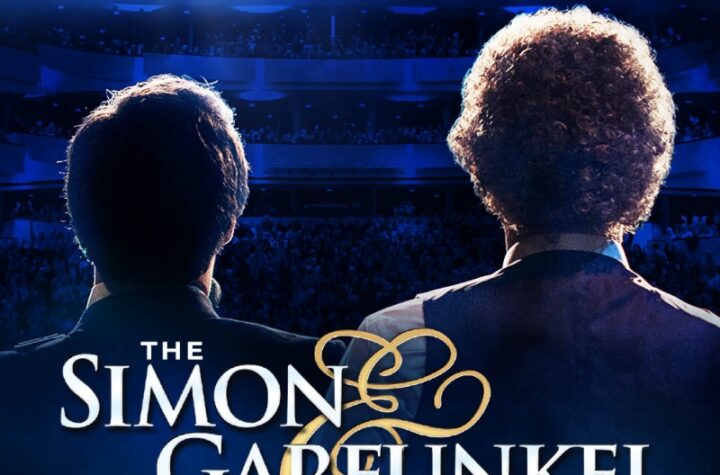
More Stories
The 2024 Bernie Yvon Scholarship
“The Simon & Garfunkel Story” comes to Chicago
Passover Dinner at Frank’s ( Italian style)